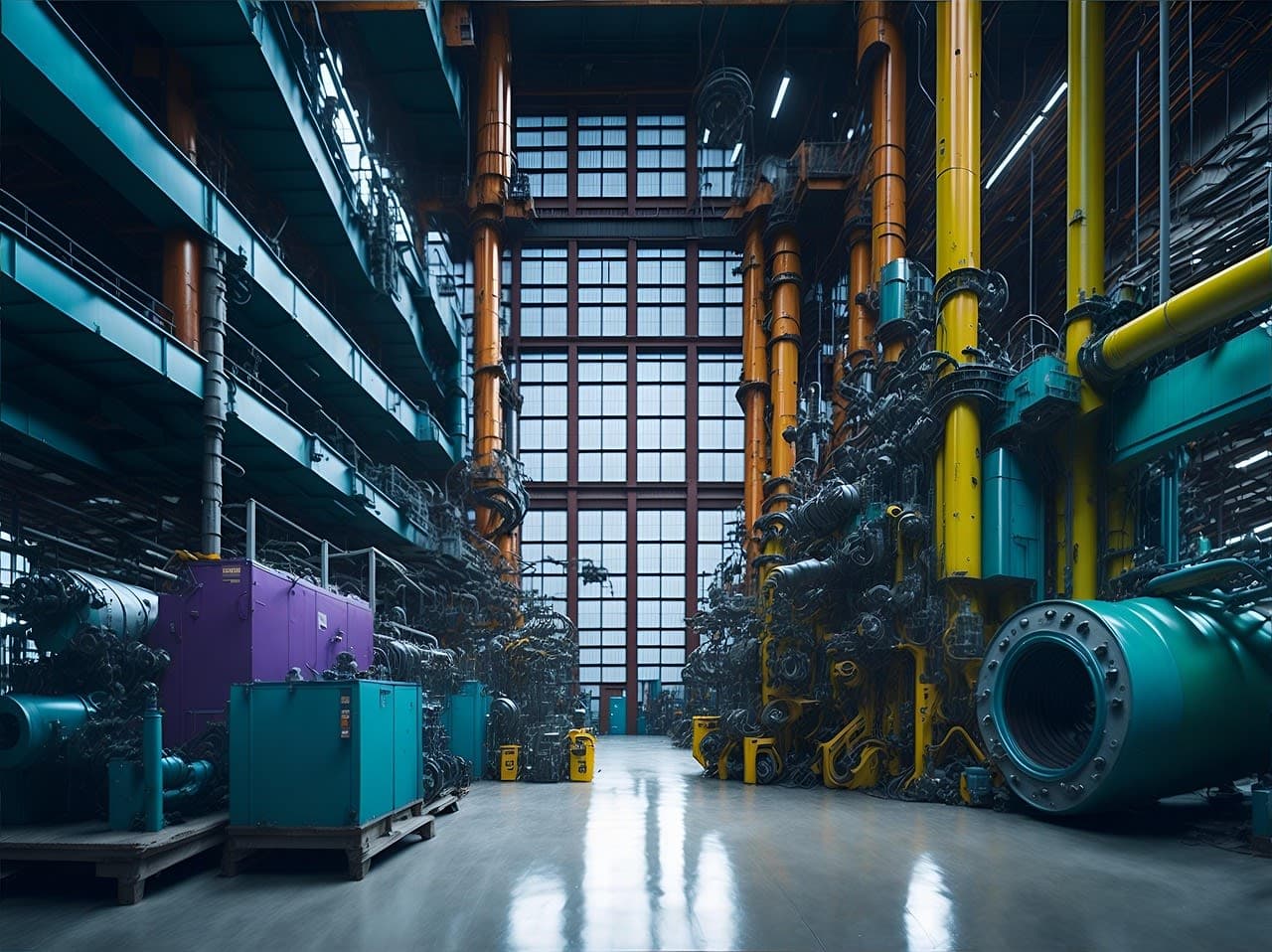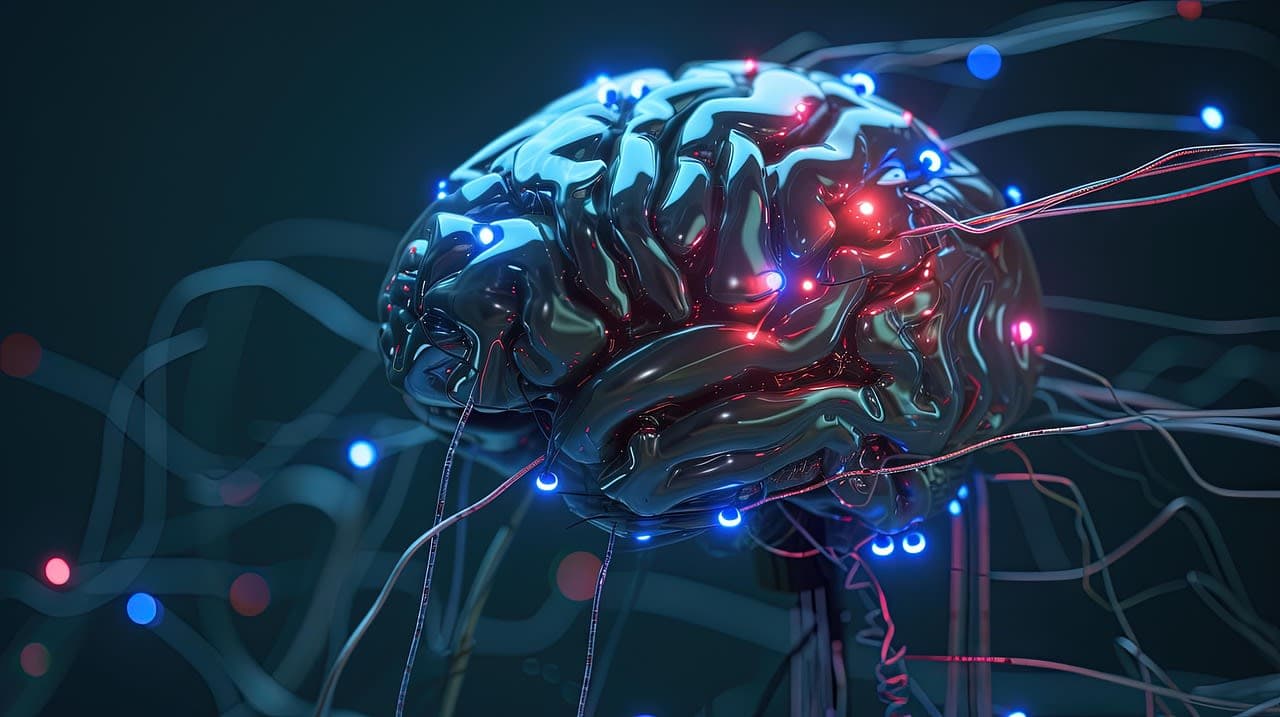The Hook: A Scary Truth, A Better Story
Let’s start bluntly: AI will take your job if your job is mostly a list of repeatable steps. That’s not a threat; it’s a mirror. The more predictable the task, the more likely a machine can learn it, scale it, and do it without breaks. But here’s the better story: AI won’t take the job of people who evolve, people who learn to use it, guide it, and build value on top of it. This post shows both sides: the “how it’s replaced” and the “how you stay irreplaceable.” You’ll leave with a practical, human roadmap.
A Full Story: The Man, the Machine, and the Moment of Choice

Meet Jonah. He worked in a packaging factory for seven years. His day was muscle memory: check the conveyor, lift the boxes, seal, label, repeat. He was good, fast, careful, and dependable.
One Tuesday, the plant manager assembled everyone. A new line of automated packaging machines had arrived. The promise: more speed, fewer injuries, consistent output. The fear: less need for human hands.
At first, the machine was slow and stubborn. It jammed. It misread labels. The team joked it needed coffee. But over weeks, techs tweaked settings, fed it data, and, like any trainee, it improved. Quietly, a spreadsheet appeared with a new roster. Fewer shifts. Smaller teams. Some colleagues were “reassigned,” others “released.”
Jonah felt the walls close in. He’d done everything right. He wasn’t lazy. He wasn’t careless. He was reliable, the very trait the machine now offered at an industrial scale.
One evening, he stayed late. The tech responsible for the machine, Ada, was still there, laptop open, manuals spread like library books. Jonah asked a question no one else had:
“““Can I learn this? Not just operate it—fix it?”””
Ada looked at him, surprised, then nodded.
“““If you’re willing to learn how it thinks.”””
Over months, Jonah evolved. He learned the machine’s sensors, error codes, and tolerances. He mapped out the workflow: where mistakes crept in, how data affected precision, and what “good output” meant from the machine’s point of view. He started logging issues proactively, predicting jams before they happened, and optimizing settings for different packaging runs.
When a newer model arrived, sleeker, faster, some feared another round of cuts. Instead, the plant manager said:
“““Talk to Jonah. He’ll get it humming.”””
Jonah’s job didn’t “survive” the machine. It became something bigger: part technician, part process analyst, part translator between humans and hardware. The machine replaced repetitive motions. Jonah replaced uncertainty.
Jonah’s job didn’t “survive” the machine. It became something bigger: part technician, part process analyst, part translator between humans and hardware. The machine replaced repetitive motions. Jonah replaced uncertainty.
What the Story Really Means (For the Rest of Us)
The lesson isn’t “learn to repair factory machines.” It’s learn the layer above the machine, the layer where human judgment, context, ethics, and design live. In every industry, AI is the new machinery. If you understand the inputs, the failure modes, and the purpose of the system, you become essential.
Think of work as three layers:
- Mechanical tasks: repeatable steps (copy, paste, fill, click).
- Cognitive orchestration: deciding what to do and why, designing workflows, catching edge cases.
- Human values: empathy, trust, negotiation, creativity, responsibility.
AI automates Layer 1. It assists with parts of Layer 2. It cannot own Layer 3, only people can. Your goal is to climb layers.
How AI “Takes” Jobs (and Why That’s Not the End)
Let’s demystify the process:
- Task Unbundling: Jobs are bundles of tasks. AI picks off the repeated ones first.
- Efficiency Curve: What begins as “assistive” becomes “autonomous” for narrow tasks.
- Quality + Scale: Once good enough, AI scales—faster, cheaper, 24/7.
- Redesign of Roles: Work reshapes around what humans still do better: oversight, exceptions, relationships, strategy.
Translation: If your value is tied to tasks that AI can learn, your job shape will change. The opportunity is to move into the decision-making, design, and human relationship zones that AI cannot authentically inhabit.
Five Signals Your Role Is at Risk (and What to Do Next)
- Signal 1: Your day is a checklist.
- Do next: Document your workflow. Identify steps AI could assist with. Propose a pilot to automate 10–20%—and volunteer to lead it.
- Signal 2: You spend most of your time copying/pasting between tools.
- Do next: Learn how to connect systems (think: simple automations, templates, or scripts—even no-code tools). Become the integrator.
- Signal 3: Output matters more than outcomes.
- Do next: Reposition your work to outcomes (customer impact, error reduction, cycle time). Speak the language of results.
- Signal 4: You avoid data.
- Do next: Get data-literate. You don’t need to be a data scientist. Learn to read dashboards, spot trends, and ask better questions.
- Signal 5: New tools arrive, and you wait.
- Do next: Be the one who sets up pilots, writes quick guides, and trains others. Early adopters gain authority.
To continue reading, click The Evolve Playbook to learn how to evolve and avoid replacement.
MK
Mike Kanu
Author
Software Engineer | Technical Adviser
Comments (0)
Sign in to join the conversation
